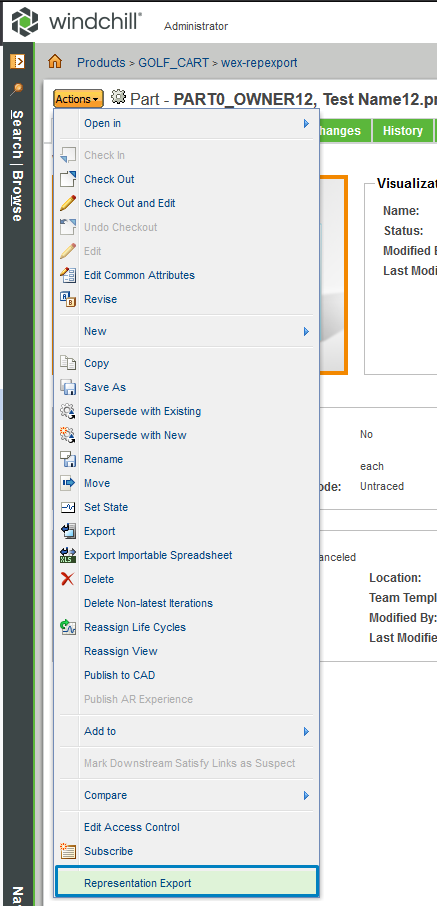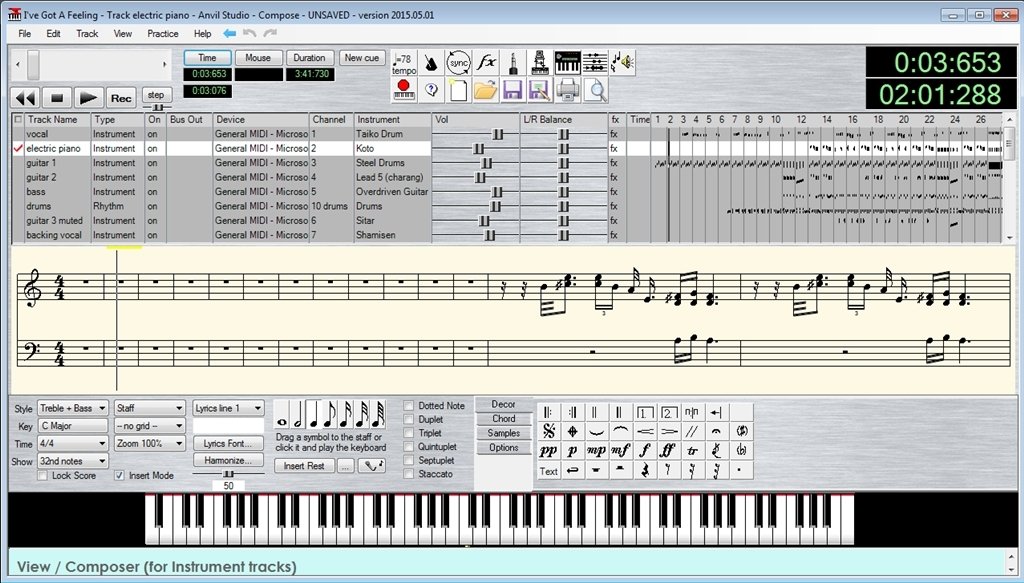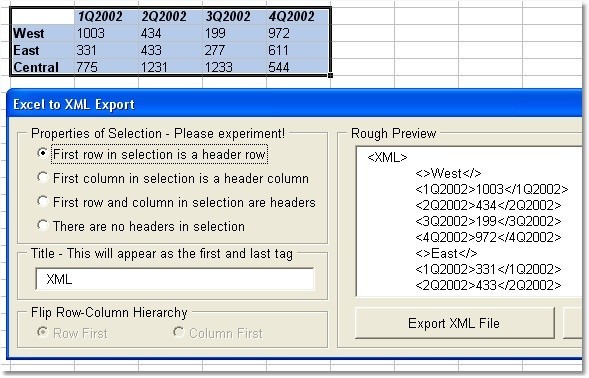

From there, they can adjust the RAW image data for exposure, white balance, color balance, and much more. Photographers import and edit their RAW image data in photo-editing software like Photoshop Lightroom, for example.

Image generation software can sometimes create RAW files too, but this is less common. DSLR cameras capture and hold image data in RAW files, which are typically large and highly detailed because there is no compression. The highest-quality images often start out as RAW files. Many photographers who shoot in RAW manipulate the original data in software like Photoshop before compressing the RAW file into a different format for print or online. This means you need to import them into relevant software before you can edit or export them as a different raster image file, like a JPEG. RAW files are a type of raster file format, but not actually images themselves. The direct image data means you start with a high-quality image that can be edited, converted, and compressed in a non-destructive manner. Shooting in RAW captures a high level of image detail, with large file sizes and lossless quality.

A RAW file is the uncompressed and unprocessed image data captured by a digital camera or scanner’s sensors.


 0 kommentar(er)
0 kommentar(er)
